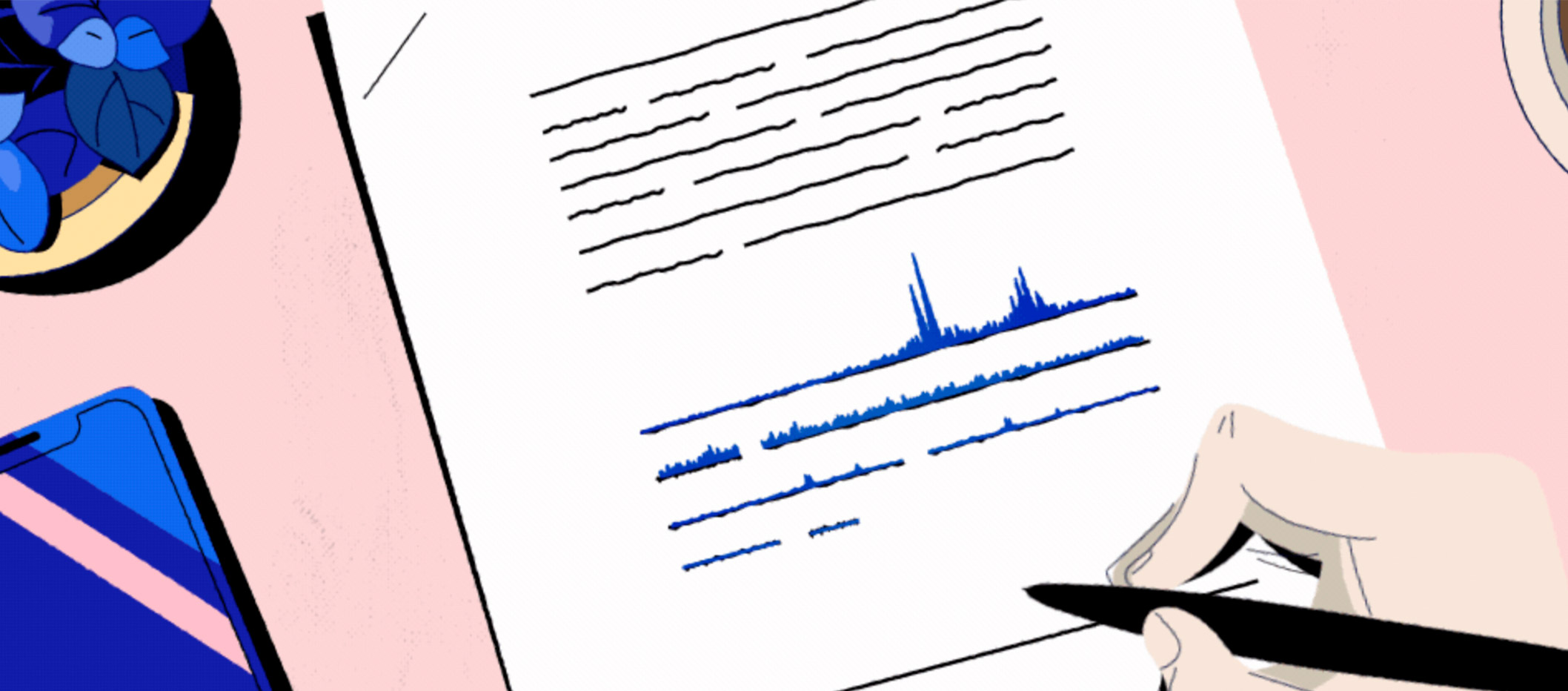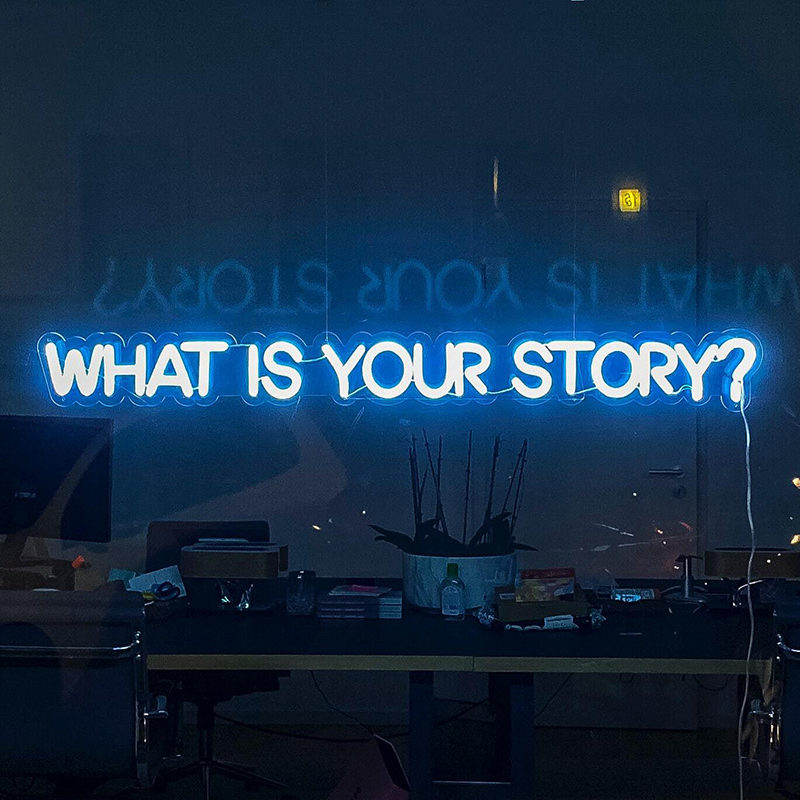When I studied in Berlin, there was one type of class that always bewildered me: the so-called Vorlesung. The professor would write down their lecture and start reading out the endless pile of pages in front of their students. Most of the time, the professor would apply the same style for their Vorlesung texts as they would for an academic paper, which resulted in some of the most boring classes I ever had to endure – or sleep through. They lacked all the style elements that make a spoken class engaging and as a result, the content quickly got lost in the tangled web of German grammar.
From German classes to writing voice-overs, it might be a far stretch, but the same principles are at work here. These German professors simply fail to understand the crucial difference between a text that is meant to be read or listened to. Without adapting your voice-over scenario for an oral context, you risk losing your audience’s attention after the first sentences.
But what makes a voice-over actually sound good? What are the differences between an oral and a written text? And how do you write a voice-over scenario that will turn your video into an efficient communication tool? I listed 6 of our best tips to make your voice-over sound like music to your audience’s ears.
Make every word count
Yeah, yeah you’ve heard this one before: the average attention span is at an all-time low. So while it’s essential to keep your video as concise as possible, you need to write your voice-over text accordingly. For every phrase you write, you should ask yourself whether you’re not distracting the viewers with unnecessary adjectives or pompous sentence structures. Or as Ernest Hemingway, the king of short prose, put it: “Write the best story that you can and write it as straight as you can.” It can be as simple as that!
Don’t use words you wouldn’t use in conversation
‘Furthermore’, ‘moreover’, ‘therefore’, etc… These words look fancy in an academic paper, but would you actually use them in a conversation? If you’re not born in the Victorian age, the simple answer is most likely ‘no’. So you shouldn’t be using them in your text either if you want to avoid that your voice-over sounds overly formal.
Count every word
Imagine you want to make a video of exactly one minute. How do you know how long your text should be? As a rule of thumb, your text shouldn’t exceed more than 150 words per minute, which is the average reading speed for a regular voice-over. Of course, you don’t want to rush your voice actor, so it’s better to aim a little below the 150 words per minute mark. If you want your voice actor to add more pauses in the text, you should go for around 100 words per minute. Everything depends on the rhythm you have in mind for your video.
Write visually
When writing, try to picture what your words could look like on screen. If nothing comes to mind, it might mean that you’re expressing yourself too abstractly, which will make it harder for the viewers to unify the things they’re hearing with the things they’re seeing. In the end, they will just end up confused – or hitting that skip button all too soon.
Use stylistic techniques
Alliteration, inner rhyme, assonance, … These techniques have been used for ages by writers to make their prose and poems sound better. Nowadays, hip hop artists – the greatest poems of our age – continue this tradition by dipping their verses in these age-old techniques. For example, have a look at this MF Doom verse on ‘Figaro’:
It’s too hot to handle, you got blue sandals. Who shot you? Ooh got you new spots to vandal? Do not stand still, both show skills. Close but no krills, toast for po’ nils, post no bills.
He uses alliteration (“do not standstill, but showskills”) and inner rhyme (“too hot to handle, blue sandals, new spots to vandal”) in almost every word of this verse. Obviously, we’ll never be as great as MF Doom, but try to experiment by occasionally slipping in some of these style elements and you’ll notice that your texts will start flowing as smoothly as butter.
Read your text aloud
Once you’re done, it’s time for the final test. Take out your timer and read your text out aloud. No, not just ‘in your head’, but by actually speaking, using your vocal cords. You’ll immediately notice where the text feels right and where you trip over certain phrases. Take notes, rewrite and read it out loud again. Repeat until you’re fully satisfied and the timing fits your video’s length.
If you want an example, you can check out the brand video we created for Eaglestone. A great example of the synergetic power between a voice-over and the images it supports!
-Writing by Louis Liekens













